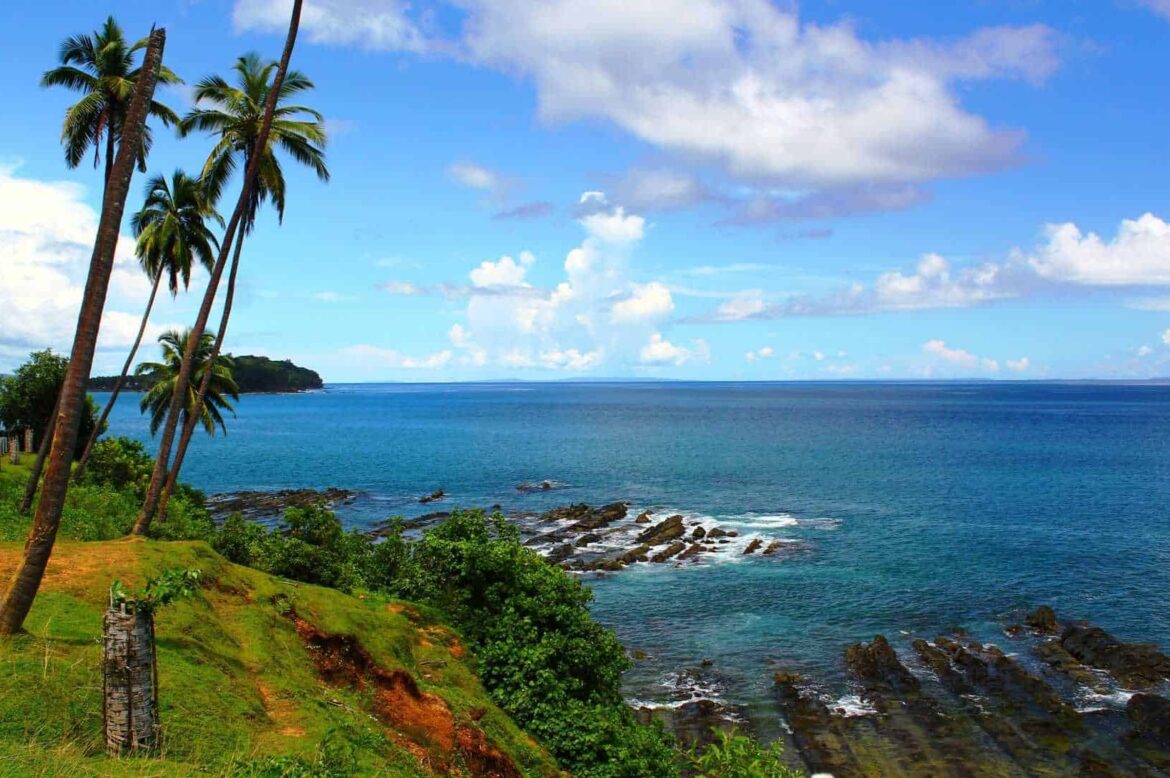
Port Blair (Headquarter)
Port Blair is the capital city of the Andaman and Nicobar Islands, a union territory of India located in the Bay of Bengal. This picturesque city is situated on the eastern coast of South Andaman Island and serves as the gateway to the archipelago. Known for its rich history, natural beauty, and diverse cultural heritage, Port Blair is a popular destination for tourists.
One of the significant historical landmarks in Port Blair is the Cellular Jail, also known as Kala Pani. This infamous colonial prison was used by the British to exile political prisoners during India's struggle for independence. The Cellular Jail stands as a somber reminder of the sacrifices made by freedom fighters.
The city also boasts a mix of cultures, reflecting the diverse communities that call the Andaman and Nicobar Islands home. The local population includes various ethnic groups, and this diversity is reflected in the cuisine, festivals, and traditions of Port Blair.
Transportation to Port Blair is primarily by air and sea. The Veer Savarkar International Airport connects the city with major Indian cities, while ferries operate between the islands and the mainland. The city's infrastructure has developed over the years to accommodate the growing tourism industry, making it a comfortable destination for travelers.
In summary, Port Blair is a fascinating blend of history, natural beauty, and cultural diversity. Whether one is interested in exploring its historical landmarks, enjoying its pristine beaches, or experiencing its unique cultural tapestry, Port Blair offers a captivating experience for visitors.
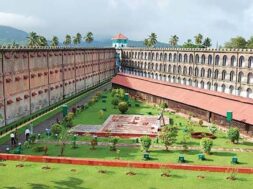
Cellular Jail (Kala Pani)
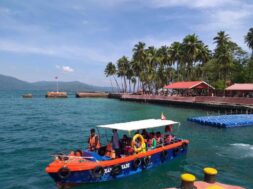
Ross Island
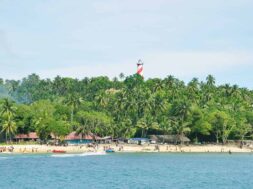
North Bay Coral Island
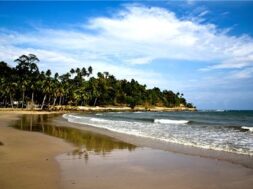
Corbyn's Cove Beach
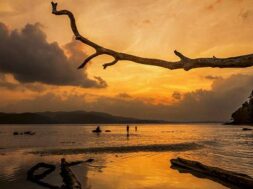
Chidiyatapu Beach
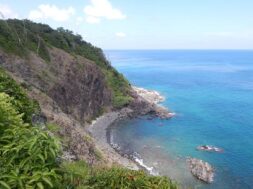
Mundaphar Beach
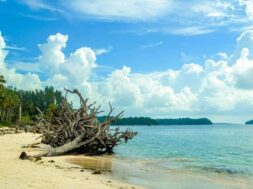
Wandoor Beach
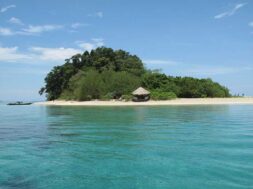
Jolly Bouy Island
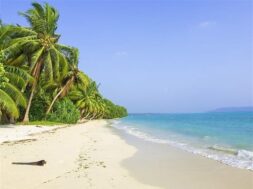
Red Skin Island
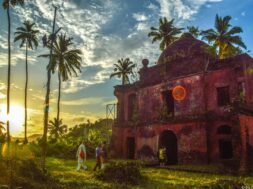
Viper Island
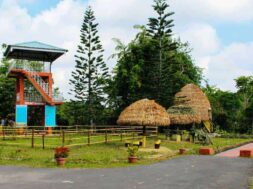
Mount Harriet
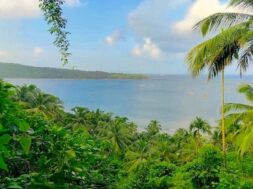
20-Rupee View Point
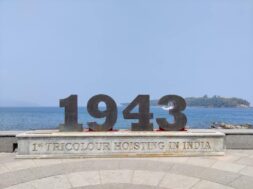
Flag Point
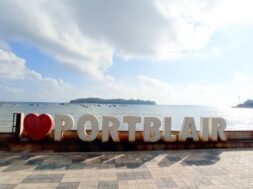
Marina Park
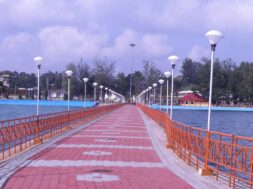
Water Sports Complex
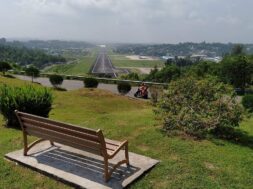
Jogger's Park
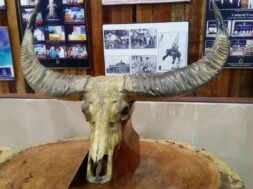
Chatham Saw Mill
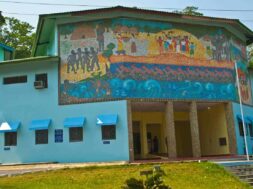
Anthropological Museum
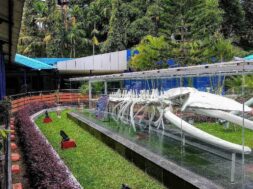
Naval/ Samudrika Museum
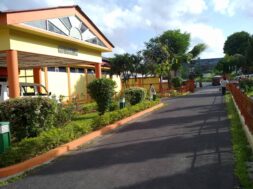
Fisheries Museum
Frequently Asked Questions about Andaman and Nicobar Islands
No passport, visa, or permission is necessary for Indian citizens. They are free to remain there for however long they like. For visitors from outside India: Entry into India requires a passport and an Indian visa. This also applies to visitors from abroad who arrive in the Andaman Islands.
Out of a total of 572 Islands, only 32 are inhabited. Only a selected number of Islands are open to visitors.
Sunscreen is a must-have when visiting the Andaman Islands because of the direct sun exposure and potential for severe sunburn. Insect repellent, a swimsuit, flip-flops, and a digital camera are additional items.
Yes, Indian Rupee INR is the currency used in Andaman and Nicobar Islands. There are several ATMs and Bank branches on inhabited islands, so withdrawing cash is not a problem.
The volume of visitors to the Andaman and Nicobar Islands is evidence of how secure visitors feel there. Some of the safest areas in the nation to live and travel are on these Islands.
The idea of a nightlife hasn't really taken off in these islands, despite the fact that there are numerous hotels and resorts with bars in Port Blair and other developed Islands. Here, you won't frequently run into loud music, disco lights, or rave parties. Most people go to bed early so they may wake up early and make the most of the daylight hours, which makes nights generally calm.
Remember that the sun sets in the Andaman Islands about 5:30 pm. In order to maximize your day, it is essential that you get up early.
Alcohol is readily available on the inhabited islands of the Andaman Sea. However, there are some limitations on international alcoholic beverages.
The Andaman Islands, like other parts of the Andaman Sea enjoy a tropical climate throughout the year. The average minimum temperature is around 23°C and it seldom goes much above 30°C. Humidity is relatively high at about 70% to 90%, however with a gentle breeze blowing most the time it is still quite pleasant.
In our opinion, vacationing in the Andaman can be done year-round, during the summer or monsoon (no winter season there). However, the peak travel season is from October through March.
The three most important mobile networks in Andaman are BSNL, Airtel, and Vodafone. Others with less robust networks include Aircel, Idea, and Reliance / Jio (as of now). Any of the three networks will typically do the job in Port Blair, keeping you connected. Overall, it appears that Vodafone has received more favorable ratings than the others. Compared to the other Andaman mobile networks, BSNL appears to perform better while traveling to an island outside of Port Blair.
Although vegetarian food is now widely accessible in Andaman, the island group is not well recognised for its vegetarian cuisine. Therefore, YES, you should not fear if you are a vegetarian heading to the Andaman Islands. In reality, our team will recommend a few vegetarian places.
A meal's cost totally relies on where you eat and what you order. Depending on what you choose, a nice modest restaurant will run you between Rs. 250 - 500 per person. Eating at the village market will be significantly less expensive, and the majority of the Andaman Islands have several inexpensive local eateries.
Because of its proximity to the ocean, fish dominates Andaman cuisine. The most popular seafood on the Andaman Islands is crab, lobster, fish, shrimp, and prawns. Due to a high demand and little supply, seafood is more expensive on the Andaman Islands than on the mainland.
Havelock and Neil Island are beautiful, tropical island-towns separated by water and not connected by roads. This makes ferry services the only way to go from Havelock to Neil Island. Ferry services in the Andamans are fast, comfortable and economical.
Lot of Adventure Water Sports Activities that one can do in Andaman Islands. This includes Scuba Diving, Sea Walk, Snorkeling, Parasailing, Kayaking and many more.
The indigenous tribes can be divided into two categories: the Shompen and Nicobarese of Mongoloid descent who live on the Nicobar Islands, and the Onge, Sentinelese, Jarawa, and Andamanese of Negroid descent who live on the Andaman Islands. The majority of the tribes are in danger of going extinct. Given that their numbers can sometimes be as low as thirty, the Andamanese tribe will most certainly experience this tragic fate first. To visit a tribal reserve, speak to, or take pictures of a tribe member is severely forbidden and illegal. The calm sanctuary of these tribes should not be disturbed. Observe the law and show respect to the tribes.
Taking photographs of the Aboriginal Tribes (Jarawas/ Sentinelese/ Great Andamanese / Onge / Shompen) in the Tribal Reserves is not permitted. It is an offence punishable under PAT Regulation 1956.
As a result, the woods of the Andaman lack hazardous predatory fauna. As a result, don't come here hoping to see tigers or lions. Numerous bird and butterfly species, as well as wild boar, spotted deer, and civet cats, all call these forests home. Numerous diverse types of reptiles also have homes under the extensive forest canopy. Snakes: The Andaman Islands include both safe and deadly species. These islands are also home to monitor lizards, and saltwater crocodiles can find cover in the mangrove streams. When strolling through deep jungle or mangrove areas, tourists are recommended to watch their step and pay heed to signboards displayed on beaches.
There are Primary Health Centre (PHC) on the majority of the Andaman Islands, but the quality of the services might be average. It is advised to seek emergency care at the closest PHC before moving as quickly as possible to the G.B. Pant hospital in Port Blair, which is better equipped.
There are numerous Andaman and Nicobar Island handicrafts and works of art that can be purchased and would make wonderful gifts for loved ones back home.
